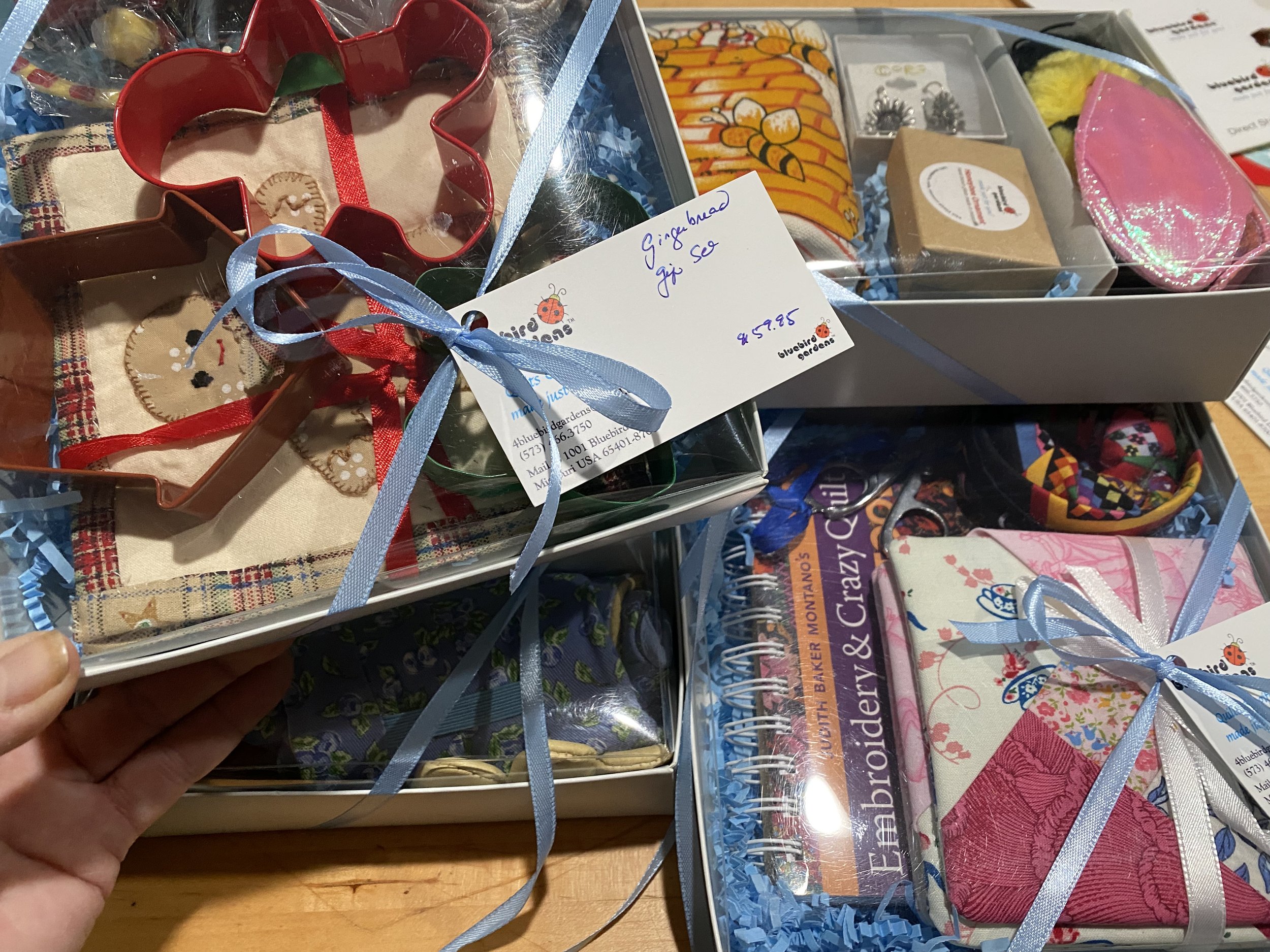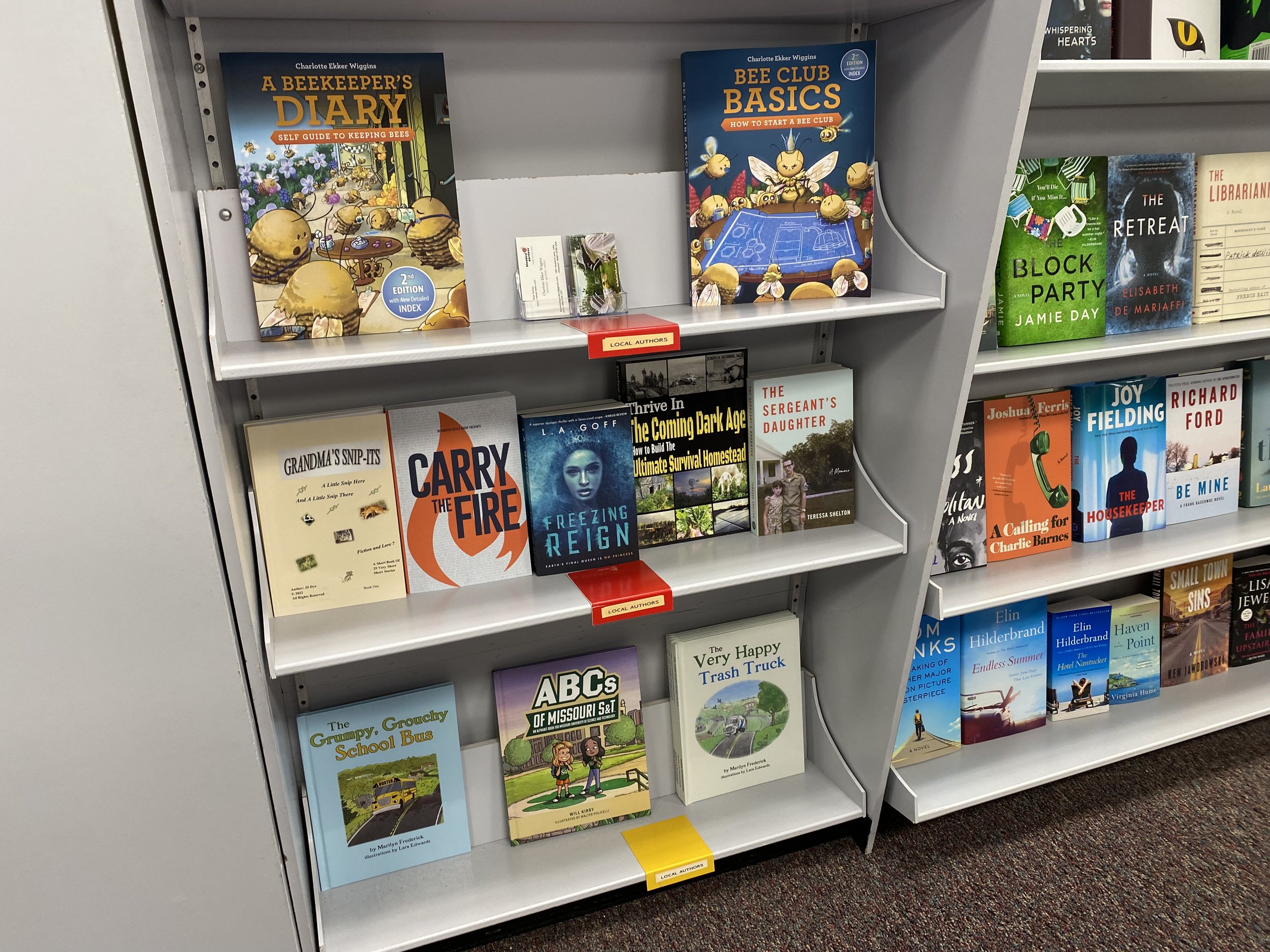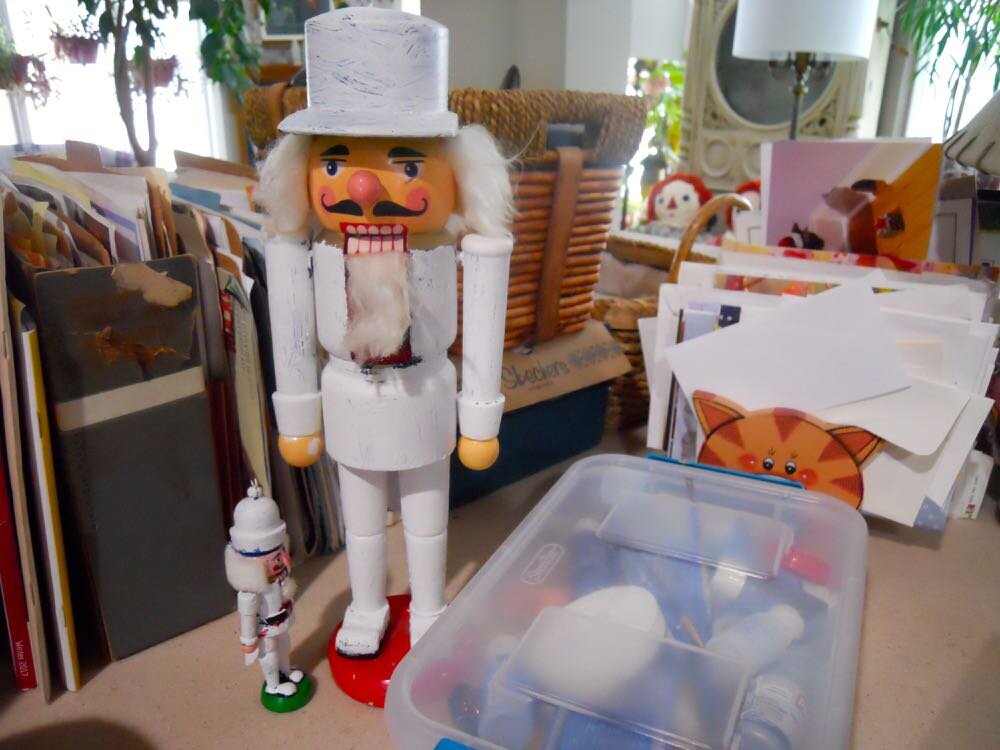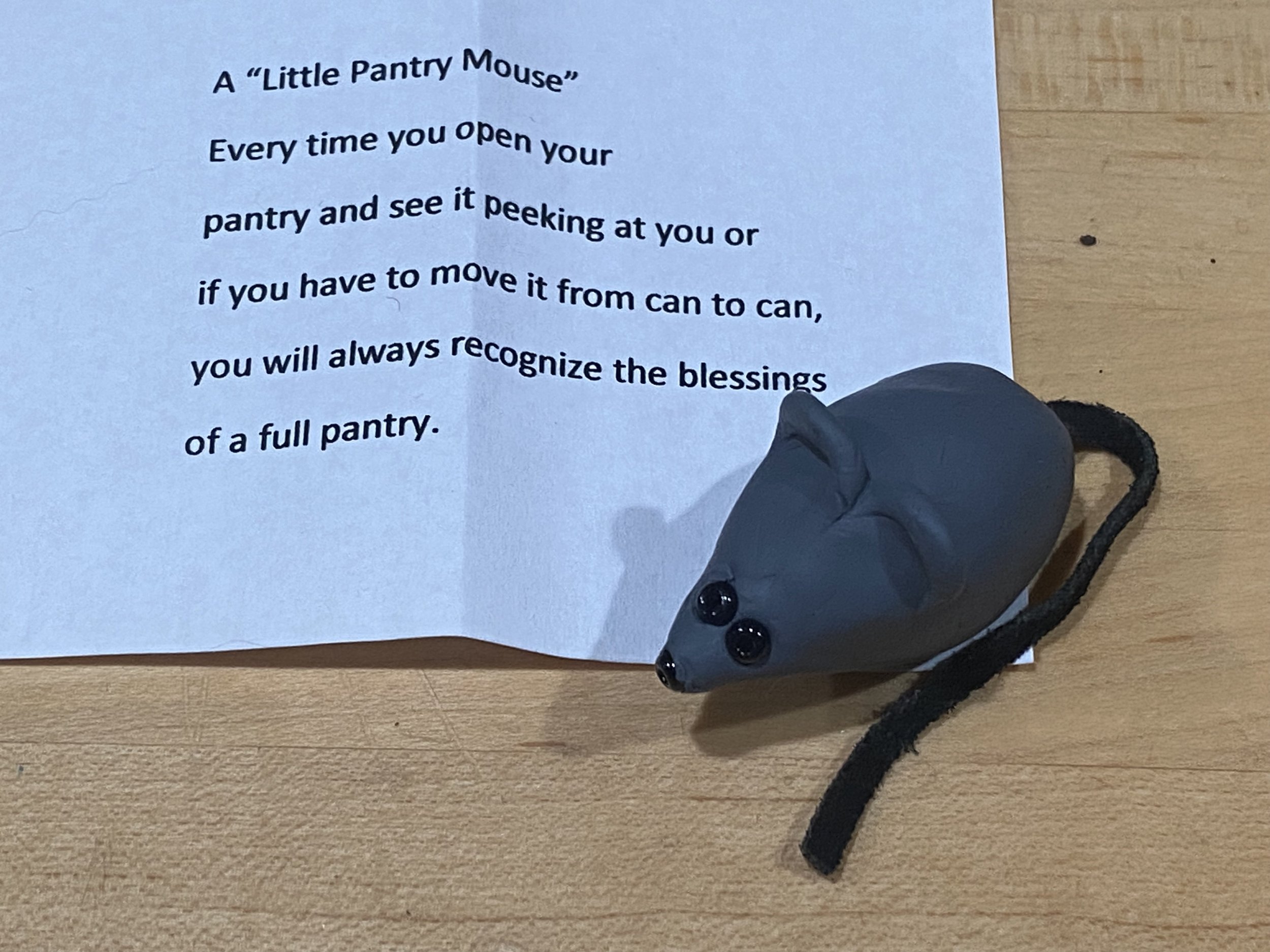Repurpose Birdhouses
/This old wren house now sits on my deck table as a flower vase. (Photo by Charlotte Ekker Wiggins)
Repurpose Birdhouses
Do you have a favorite birdhouse birds are not using? Or maybe one that is starting to fall apart but you want to keep it around a little longer. That’s what happened with this small grey wren house that now serves as a flower vase on my deck.
The birdhouse had served as a home for birds for many years. One spring, though, I noticed the roof was disintegrating and I didn’t want to risk having baby birds being unprotected from the elements.
After removing the resident nest, I washed the birdhouse in hot water with a dab of bleach to remove any remaining undesirables.
Wear gloves to protect your hands from the bleach.
An old toothbrush works well to scrub out both the inside and outside.
Once dry, I sprayed it with a light coat of a clear poly satin to slow down the wood deteriorating.
It is stored over winter and brought out in the spring time to hold flowers.
The missing roof piece is wide enough to squeeze a small plastic cup. (Photo by Charlotte Ekker Wiggins)
To use the birdhouse as a flower base, I added a small plastic cup that would fit through the missing roof line.
Spanish moss fills in where the flowers run out.
This year the birdhouse has extra decor. Did you see him?
This tree frog is also making the birdhouse a home. (Photo by Charlotte Ekker Wiggins)
A Missouri tree frog seems to have moved in and decided to make the birdhouse home. He’s been greeting me every morning now for almost a week, watching me from the old birdhouse entrance.
I suppose frogs don’t mind when it rains although he has a good half of the birdhouse that stays dry.
Guess it’s time to give him a name!
Charlotte





























